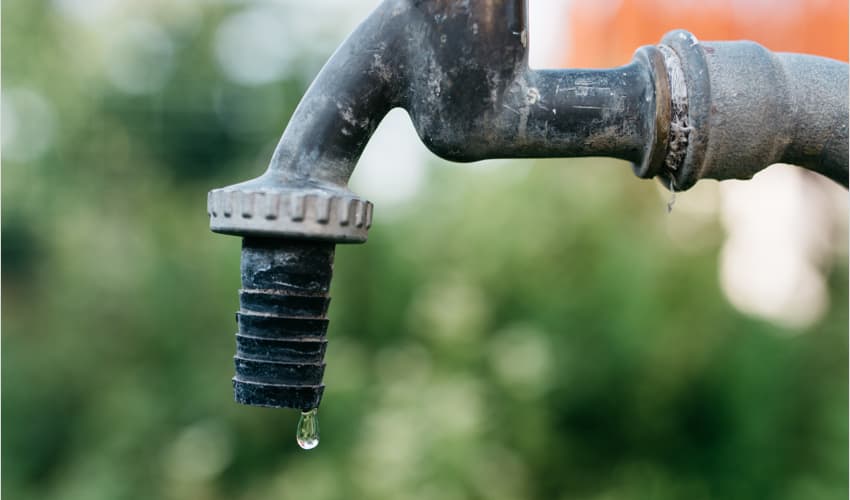Spotting and Fixing the Six Most Common Water Leaks in Your Home
Spotting and Fixing the Six Most Common Water Leaks in Your Home
Blog Article
This article in the next paragraphs on the subject of How Fast Water Damage Can Ruin Your Home is fairly stimulating. Read on and draw your own ideas.
Leaks not just trigger waste of water but can additionally create unnecessary damages to your residence and promote undesirable organic development. By looking and also understanding for day-to-day scenarios that trigger leaks, you can secure your home from future leaks and also unnecessary damages.
Immediate temperature adjustments.
Extreme temperature level modifications in our pipelines can cause them to expand and also acquire unexpectedly. This expansion and also tightening might trigger fractures in the pipes, especially if the temperature level are listed below cold.
Rusty water supply
This might be the cause of staining or bending on your water pipes. If our plumbing system is old, take into consideration changing the pipes considering that they are at a higher danger of corrosion than the more recent versions.
Defective Pipe Joints
Pipe joints can weaken over time, resulting in water leaks. If you have noisy pipes that make ticking or banging noises, particularly when the warm water is turned on, your pipe joints are most likely under a lot of pressure.
Encroaching origins
The majority of water leakages begin outside the home rather than inside it. You might notice damp patches or sinkholes in your yard, and also that may imply that tree origins are getting into water lines causing water to permeate out.
Poor Water Connectors
At times, a leakage can be triggered by loosened hose pipes and also pipes that provide your appliances. In instance of a water connections leak, you might discover water running directly from the supply line or pools around your appliances.
Blocked Drains
Clogged drains could be irritating and also inconveniencing, yet they can sometimes end up triggering an overflow leading to rupture pipelines. Keep eliminating any kind of products that might go down your drains that might clog them to prevent such inconveniences.
All the above are root causes of leaks but not all water leakages arise from plumbing leaks; some leaks may originate from roof leaks. All leakages should be fixed instantly to prevent water damages.
Leakages not only cause waste of water yet can likewise cause unneeded damages to your residence as well as promote undesirable organic growth. By looking and comprehending for day-to-day scenarios that cause leakages, you can safeguard your house from future leakages and also unneeded damages. Today, we will look at six leak triggers that may be triggering your pipelines to drip.
At times, a leak can be triggered by loosened hoses as well as pipelines that provide your appliances. In situation of a water connections leak, you might see water running directly from the supply line or puddles around your home appliances.
How To Check For Water Leak In Your Home
How To Check for Leaks
The average household's leaks can account for nearly 10,000 gallons of water wasted every year and ten percent of homes have leaks that waste 90 gallons or more per day. Common types of leaks found in the home are worn toilet flappers, dripping faucets, and other leaking valves. These types of leaks are often easy to fix, requiring only a few tools and hardware that can pay for themselves in water savings. Fixing easily corrected household water leaks can save homeowners about 10 percent on their water bills.
To check for leaks in your home, you first need to determine whether you're wasting water and then identify the source of the leak. Here are some tips for finding leaks:
Take a look at your water usage during a colder month, such as January or February. If a family of four exceeds 12,000 gallons per month, there are serious leaks.
Check your water meter before and after a two-hour period when no water is being used. If the meter changes at all, you probably have a leak.
Identify toilet leaks by placing a drop of food coloring in the toilet tank. If any color shows up in the bowl after 10 minutes, you have a leak. (Be sure to flush immediately after the experiment to avoid staining the tank.)
Examine faucet gaskets and pipe fittings for any water on the outside of the pipe to check for surface leaks.
Undetected water leaks can happen without the home or business owner even realizing. If you suspect a water leak, but not able to find the source. It is time to contact a professional water leak detection service, The Leak Doctor.
How To Find a Water Leak In Your Home
https://www.leakdoctor.com/blog/How-To-Check-For-Water-Leak-In-Your-Home_AE197.html

As a fervent person who reads on Most Common Causes of Leaky Pipes, I think sharing that chunk was valuable. Sharing is good. You won't know, you could be helping someone out. Thank-you for going through it.
Request Free Estimate Report this page